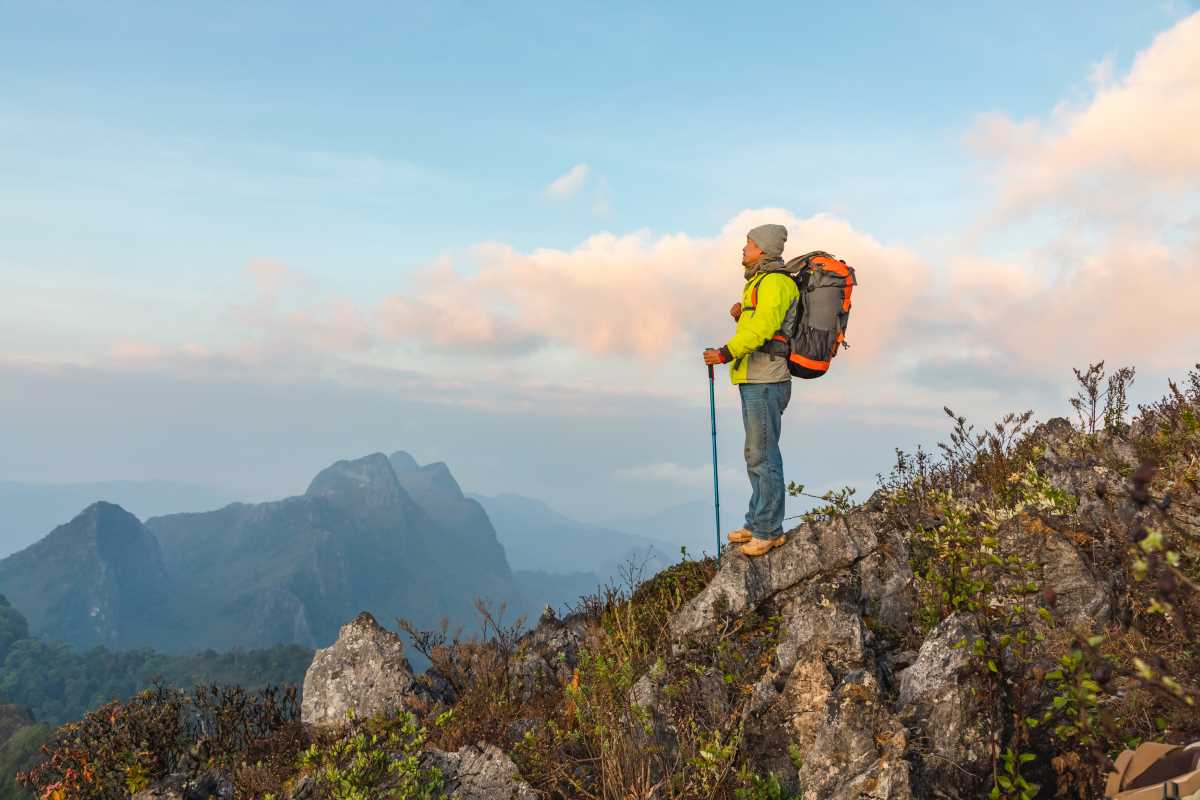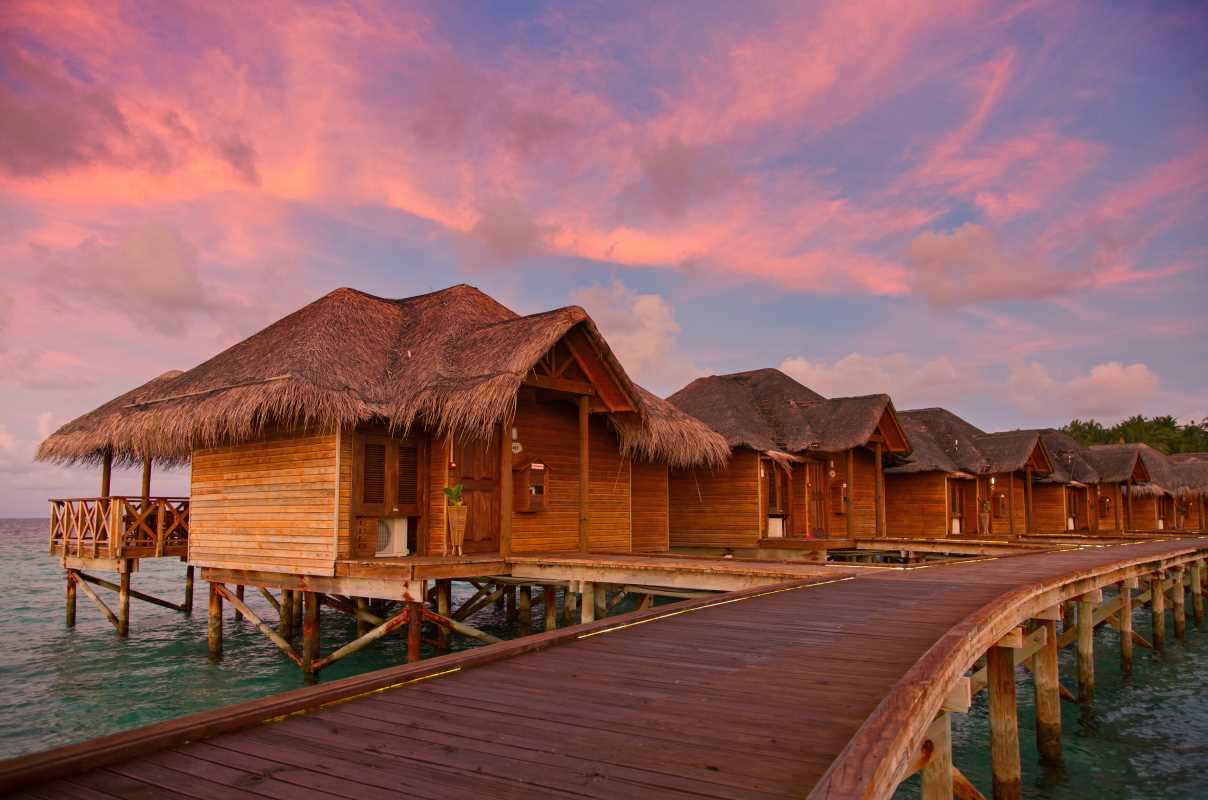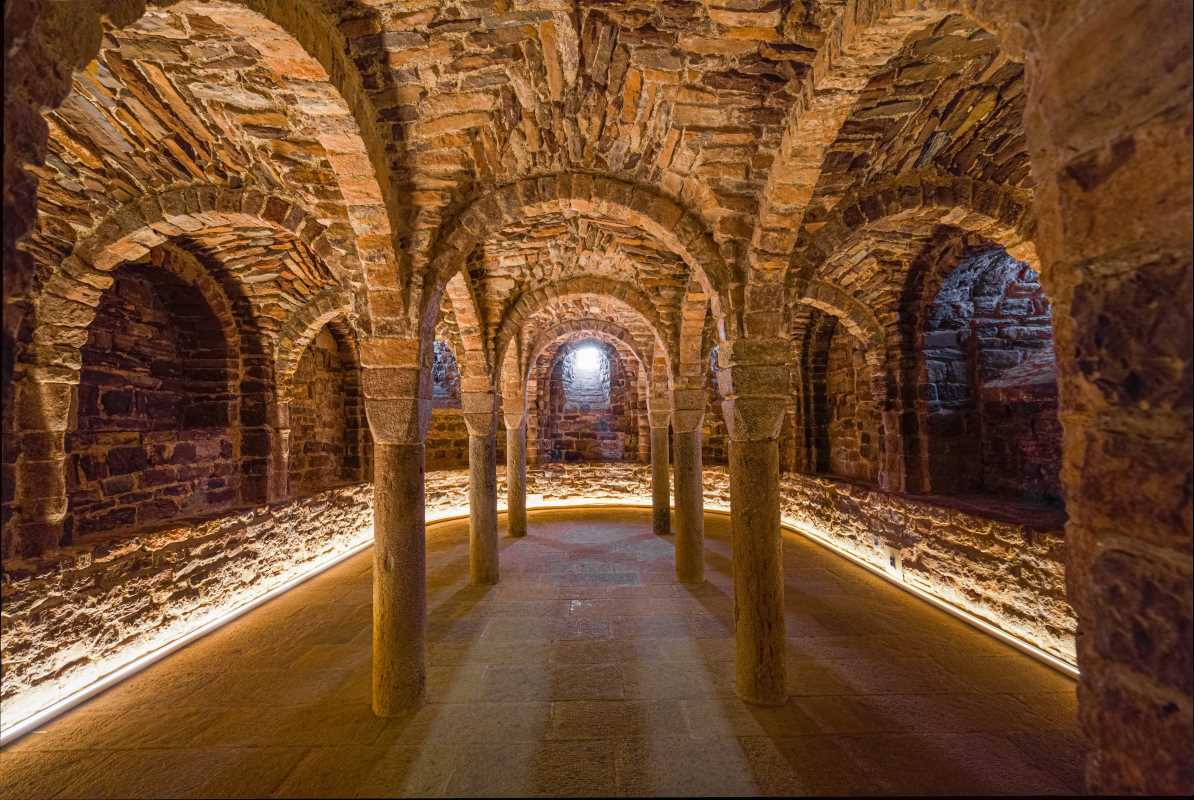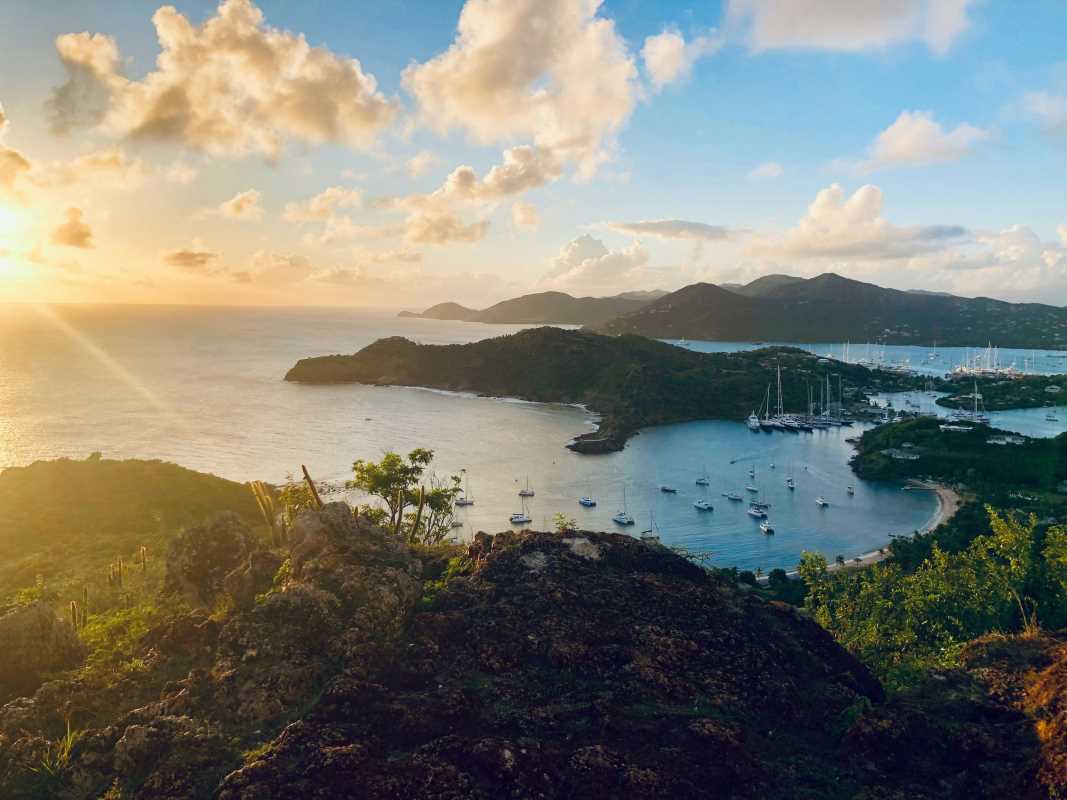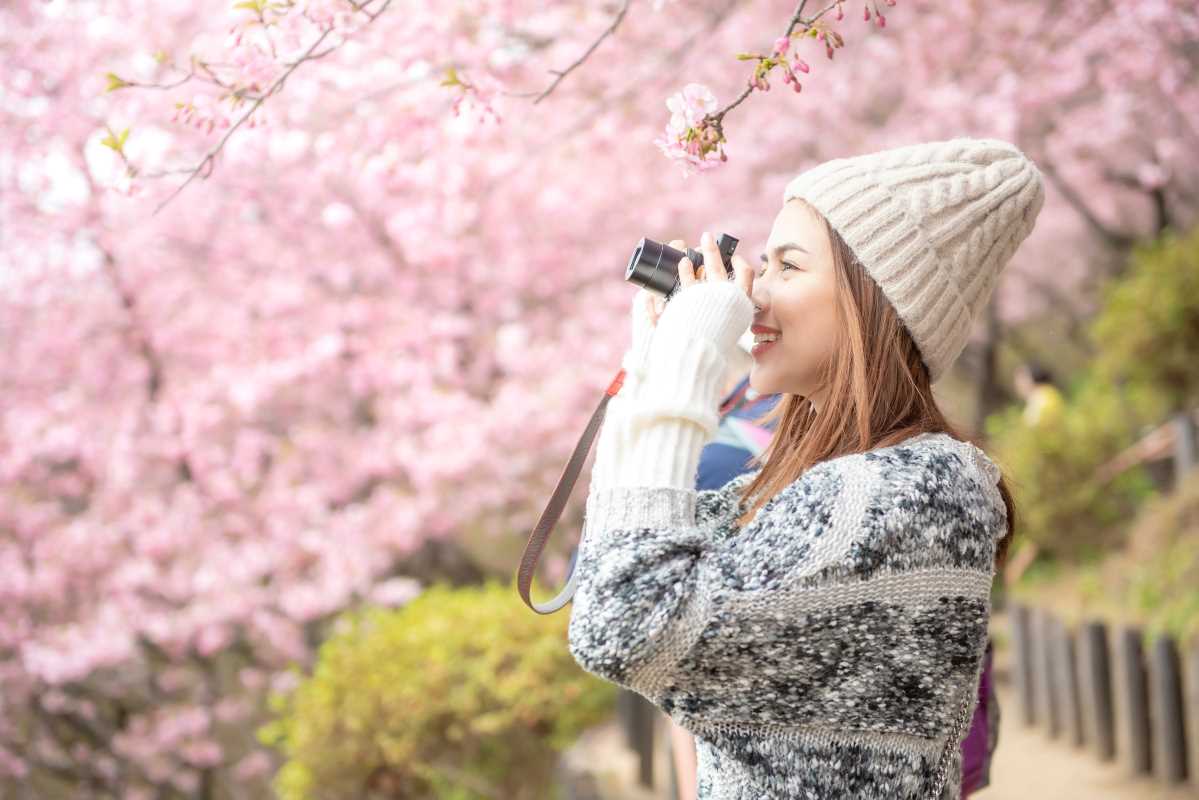Many trails feel familiar, with their well-trodden paths and popular viewpoints. Beyond these recognizable routes lie valleys where streams wind through untouched landscapes and emerald cliffs rise, holding stories few have heard. This collection introduces lesser-known hikes that combine breathtaking scenery with rich cultural experiences. Explore corridors shaped by centuries of natural forces, pitch your tent at peaceful spots beneath a blanket of stars, and sample local dishes at roadside stalls where friendly faces offer advice and stories you won’t find in any guidebook. Each journey invites you to discover something unexpected and memorable along the way.
Whether you crave rugged mountain passes or gentle canyon hikes, these options invite you to shape an unforgettable journey. You can explore landscapes that shift from dry highlands to misty cloud forests, all while covering distances suitable for day hops or week-long expeditions. Pack light, lace up sturdy boots, and get ready to venture deep into South America’s secret valleys.
Valleys That Remain Off the Beaten Path
This collection highlights less-traveled corridors where granite walls rise like silent guardians and lush basins cradle hidden waterfalls. You will read about ravines so remote that humidity from jungle mists weaves through every leaf, and plateaus where llamas graze at dawn before you emerge at a sun-drenched overlook. Each valley surprises you—a labyrinth of stone steps, a cluster of steam vents, or a desert oasis glittering at high altitude.
You won’t find dry bullet points about benefits or tired reasons to visit. Instead, imagine yourself crunching over volcanic ash, pausing at cliffside shrines, hearing distant condors and spotting orchids clinging to mossy boulders. These scenes spark curiosity, not through stats or fabricated quotes, but via vivid glimpses into trails that few encounter. Prepare to uncover landscapes that feel as if they were lifted straight from a dream walking you through secret chapters of the Andes and beyond.
These insights set the stage for hands-on guidance on the best backpacking routes, helping you craft an itinerary filled with discovery rather than ticking boxes.
Highlighted Routes with Step-by-Step Details
- Camino de los Yungas – Bolivia
- Route: 60 km through montane cloud forest along the “Death Road.”
- Highlights: Verdant canopies with orchids, hidden waterfalls, natural hot springs.
- Cost: ~$15/night for basic village lodging.
- Steps:
- Begin pre-dawn in Coroico.
- Climb as the mist lifts for dramatic views.
- Consult local guides for off-map discoveries.
- Insider Tip: Start early to catch the forest’s morning reveal.
- Salkantay Trek – Peru
- Route: 70 km, five days, skirting 6,271 m Salkantay Peak.
- Highlights: Snow-capped summits, turquoise glacial lakes, summit ridge.
- Cost: ~$25/day for camping gear rental.
- Steps:
- Acclimate with shorter Sacred Valley hikes.
- Trek along panoramic ridges and glacial lakes.
- Camp overnight with hot meals prepared locally.
- Insider Tip: Request quinoa soup at camp for warmth after ridge crossings.
- Quilotoa Loop – Ecuador
- Route: 50 km over three days around crater rims and Andean villages.
- Highlights: Emerald lake, crafts markets, lupine fields.
- Cost: ~$20/night for farm-stay lodging with meals.
- Steps:
- Hike crater rims for panoramic lake views.
- Descend into artisan villages and markets.
- Stay in farmhouses with shared meals.
- Insider Tip: Buy fresh cheese empanadas mid-trail to fuel the final climb.
- Lares Circuit – Peru
- Route: 60 km over four days through highland villages and lakes.
- Highlights: Trout fishing, alpaca herding, vibrant woven textiles.
- Cost: ~$30/day with guide and meals included.
- Steps:
- Trek between mountain lakes and alpaca farms.
- Visit villages showcasing weaving traditions.
- Camp or lodge along pastoral routes.
- Insider Tip: Stop at Patacancha’s thermal springs and buy wool hats at community cooperatives.
- Valle de la Luna Trail – Chile
- Route: 20 km single-day hike near San Pedro de Atacama.
- Highlights: Moonlike canyons, salt formations, surreal desert amphitheater.
- Cost: ~$10 permit; headlamp rentals available.
- Steps:
- Enter desert canyons in late afternoon.
- Explore caves with headlamp guidance.
- Pause at sunset to watch shadows stretch across spires.
- Insider Tip: Carry extra water; timing is key for the sunset spectacle.
Preparing for Rugged Paths
Plan your gear and fitness levels carefully. Focus on layers that insulate during cold mountain nights and wick moisture in humid forests. Include a lightweight sleeping pad, waterproof pack liner, and trekking poles that ease knee strain. Test each item on shorter excursions before setting out on multi-day treks to avoid surprises in remote terrain.
Address altitude by doing shorter hikes at mid elevations when possible. Stay hydrated with electrolyte mixes, avoid heavy meals before an ascent, and practice deep breathing to reduce dizziness. Map your stages, and reserve extra time for unexpected weather changes or cultural stops in mountain hamlets.
Stay Safe and Respect Mountain Cultures
Wild terrains require awareness of trail markers and seasonal weather. Research local regulations on camping zones and avoid fragile high-altitude wetlands. Carry a compact first-aid kit including blister pads, antiseptic wipes, and medication for altitude sickness. Share your itinerary with someone back home and carry a reliable satellite communicator when cell coverage disappears.
Respect mountain cultures by asking permission before photographing town rituals or artisans. Conserve water in arid valleys and pack out all non-biodegradable waste. When you buy snacks or handicrafts, you support the communities hosting you—remember that each coin helps local economies.
Discover Local Culture and Hidden Flavors
Sip coca tea at valley cafés, sample quinoa snacks and churros from roadside stands, and join weaving sessions to learn about natural dyes. In the evenings, share tortillas and conversation with villagers to deepen cultural bonds. With curiosity and openness, every step through remote valleys reveals flavors, traditions, and stories beyond any guidebook.
